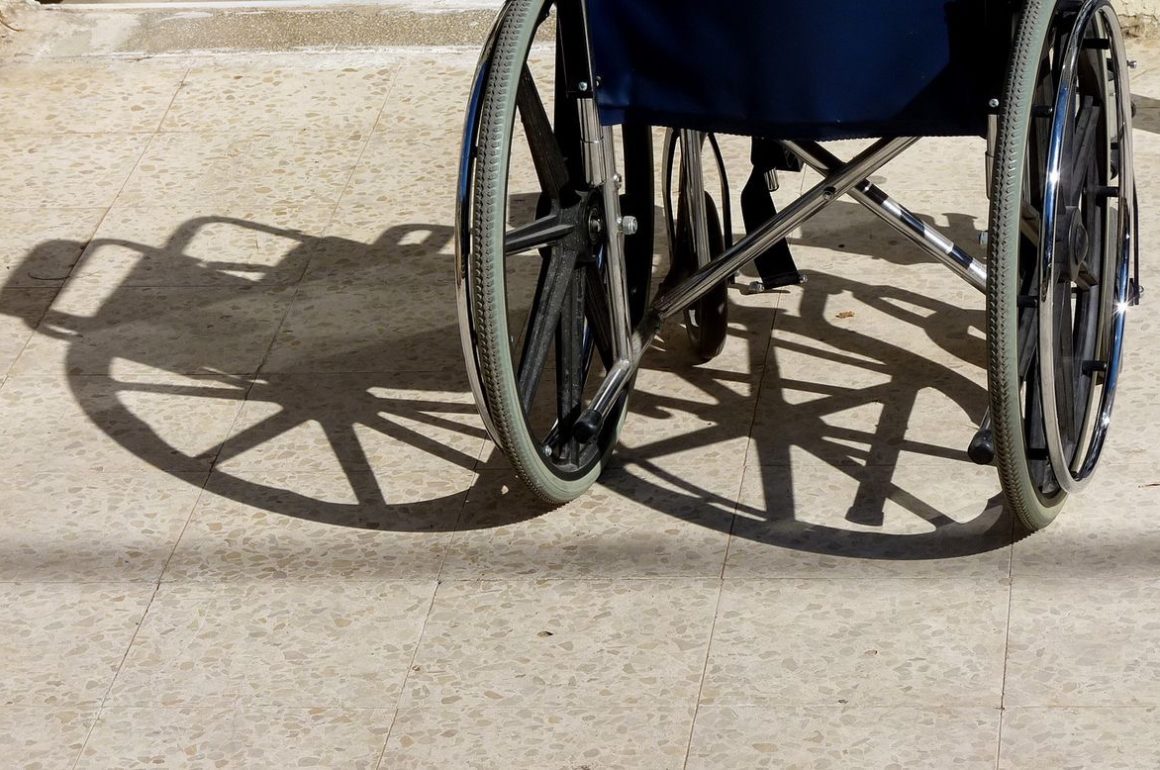
READING TIME: 4 MIN
Approaching a special needs family, or approaching a person with disabilities directly, can often be awkward or intimidating. People have a lot of well-meaning questions, but they’re unsure whether, or how, to ask. To get some other perspectives on this etiquette issue, both on what to do and what not to do, I’ve spoken with friends in situations like ours.
People ask questions for lots of reasons. Some want to understand or satisfy their curiosity. Others are reinforcing a relationship. Some want to be helpful, to find a solution. Most are well-meaning.
From the beginning, we had lots of questions, too. There was so much uncertainty, we weren’t sure where to begin. At first, we wanted to know that Gabriella would survive, our fears exacerbated when we rushed her to the hospital with severe dehydration. As those early weeks receded, we addressed other emergencies, other threats. We tried to comprehend the abnormalities, the changes she underwent out of nowhere. What had caused them? Once treated, would they come back? Had they left lasting damage? Family and friends and those we confided in requested updates as well. Did you get the test result? How did the procedure go? (Sometimes questions just show how little people really understand what’s going on, as friends shared: when their child with cerebral palsy had hip surgery, relatives asked whether the child would now be able to walk.) While answering these questions can be draining, our loved ones were offering comfort and we appreciated their support.
Those early frights kept us on edge. We felt our circle of friends constrict a bit, in part because it was wearing to bring so many along, and we avoided encounters with those we hadn’t seen in a long time, for they would have the most questions.
Our daughter fought through each challenge. She grew stronger, and so did our resolve. But there was plenty of quiet time between the scares, and there was no shortage of questions then either. Often from strangers.
When we bundled Gabriella and took her to a department store, she would sometimes contort herself in the stroller, turning to the right and arching her head back until her eyes faced behind her.
People would stop before the carriage, and invariably they would ask, “How old is she?” Sometimes our daughter would stop twisting and smile; at other times she would keep complaining. We knew they were trying not to be intrusive, but the question still felt like a less obvious way of asking, “Is there something wrong with her?”
We would mumble “Six months” or “Eight months” or “A year.” Sometimes we felt obligated to add “She has some delays,” even if we hadn’t yet conquered the shame that accompanied that phrase.
Lisa and I often discussed it afterward. She thought they were trying to find something to say, to be kind. She compared it to “How many months?” when she was pregnant.
In most if not all cases, I believe the questions are well-meant. And I do think approaching us is far better than standing off and staring. Gabriella loves attention, and we love to find ways to include her. So what’s the best way for such an approach? (I will add that, while these thoughts reflect some perspectives of others, they are ultimately my own opinions.)
I’ll share some thoughts on what to do (and then some don’ts).
First, observe. If Gabriella is expressing discomfort or impatience, we’re more sensitive as well and it’s not the ideal time to come over. It’s better to wait until she seems happy or calm.
Second, approach in a respectful way. Smile. Say “Hi.” Ask her name and introduce yourself to her as well. (This is important. A lot of times people come and talk about Gabriella rather than to her.)
Third, ask a question that could apply to any child, not just one with disabilities. Would you tell me about Gabriella? How is Gabriella’s day going? What’s Gabriella’s story?
Finally, there are often opportunities to do something nice. Holding a door for a parent with a child in a wheelchair is especially appreciated.
Now a few things not to do.
First, please don’t stare. I hear stories about people who can’t tear their eyes away to the point that they trip over a curb or walk into a door.
Second, don’t touch her wheelchair. Many people with chairs view them as an extension of their body.
Also, it’s better not to try to diagnose her with questions like “Does she have CP?” (See above for some preferable things to ask.)
Finally, please don’t try to solve our problems before getting to know us and her and the specifics of her situation. It’s not helpful to suggest that she should sit up straighter, or to recommend ways to better adapt her chair when we’ve been taking her to wheelchair clinics and meeting with experts for years.
A caveat: children will walk up and ask direct questions like “What’s wrong with her?” That’s okay. If your kid does that, please don’t whisk him or her away and apologize. Instead, role-model by introducing yourself to our child and asking one of the questions above. We’ll all feel less embarrassed and more prepared for the next encounter.
Most importantly, don’t shy away. When an approach goes well, it can brighten both our day and yours.
What about you? Have you been on either side of a good approach, or one that didn’t go so well? Can you suggest other do’s or don’ts?








Leave a Comment